Description
Portrait of Michał Józef Römer by Jan Chrucki printed on a Hoodie
About the Hoodie
Modern fit
It provides a more tailored look than a regular fit
Comfortable
The fabric and fit of this item are extra comfy
Tear-away tag
Easily removable tear-away tag that allows you to add a custom inside label
Premium quality
The product is made from premium, high-quality materials
Classic unisex hoodie with a front pouch pocket and matching flat drawstrings. The 100% cotton exterior makes this hoodie soft to the touch.
- 65% ring-spun cotton, 35% polyester
- Charcoal Heather is 60% ring-spun cotton, 40% polyester
- Carbon Grey is 55% ring-spun cotton, 45% polyester
- 100% cotton face
- Fabric weight: 8.5 oz./yd.² (288.2 g/m²)
- Front pouch pocket
- Self-fabric patch on the back
- Matching flat drawstrings
- 3-panel hood
- Tear-away tag
Jan Chrucki (1810-1885)
Jan Chrucki was a Polish-Russian painter of Belarusian descent known by his still lifes and portraits.
He was born into a Greek-Catholic Polish-Belarusian family descended from the nobility of Leliwa coat of arms in the village of Ulla, Vitebsk Governorate. His father Tomasz, like his relatives, was a Greek Catholic priest, his mother’s name was Minadora (or Menodowa) Kuryłło. He was educated at the Piarist Lyceum in Polotsk, which had university rights, then in 1827 he went to St. Petersburg. He studied privately with George Dawe, then around 1830 entered the Imperial Academy of Arts. There he established contacts with another Polish painter Jozef Oleszkiewicz, who introduced him to the Hermitage.
His first known works are dated 1832. The paintings gradually gathered public and critical acclaim. Khrutsky also worked as an interior designer, and became a popular amongst the wealthy home owners. In 1836 he was awarded the Major Silver medal of the Academy for his still-lifes. Khrutsky also executed nice genre pictures and portraits. Old Woman Knitting a Sock, brought him the Minor Gold medal of the Academy. In 1839 he was awarded the title of the Academician.
After his father’s death in 1840 Khrutsky left St. Petersburg forever and settled in the family estate Zacharnicze (Zakharenichi, Zacharniczy), Polotsk region. This period was one of commissioned religious art, mostly from Lithuania. He spent a lot of time in Vilnius, where he made several works from nature on the orders of Jan Kazimierz Wilczyński for the “Album Wileńskie”. Besides religious paintings he also worked on portraits, such as I.I. Glazunov’s, Józef Siemaszko [pl]’s, Mikołaj Malinowski [pl]’s and others.
He died in his estate in Zacharnicze in 1885.

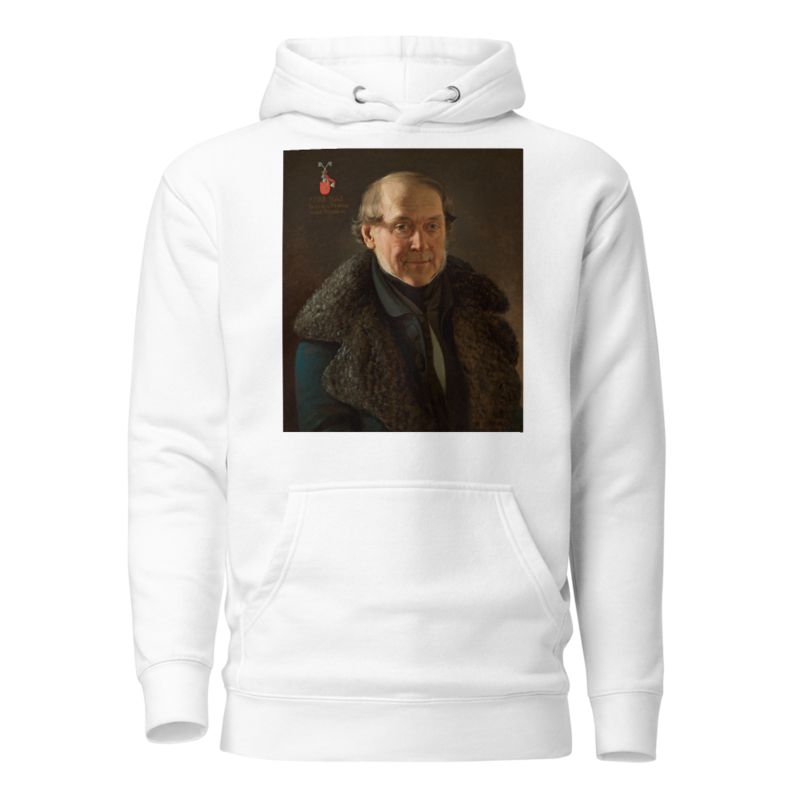
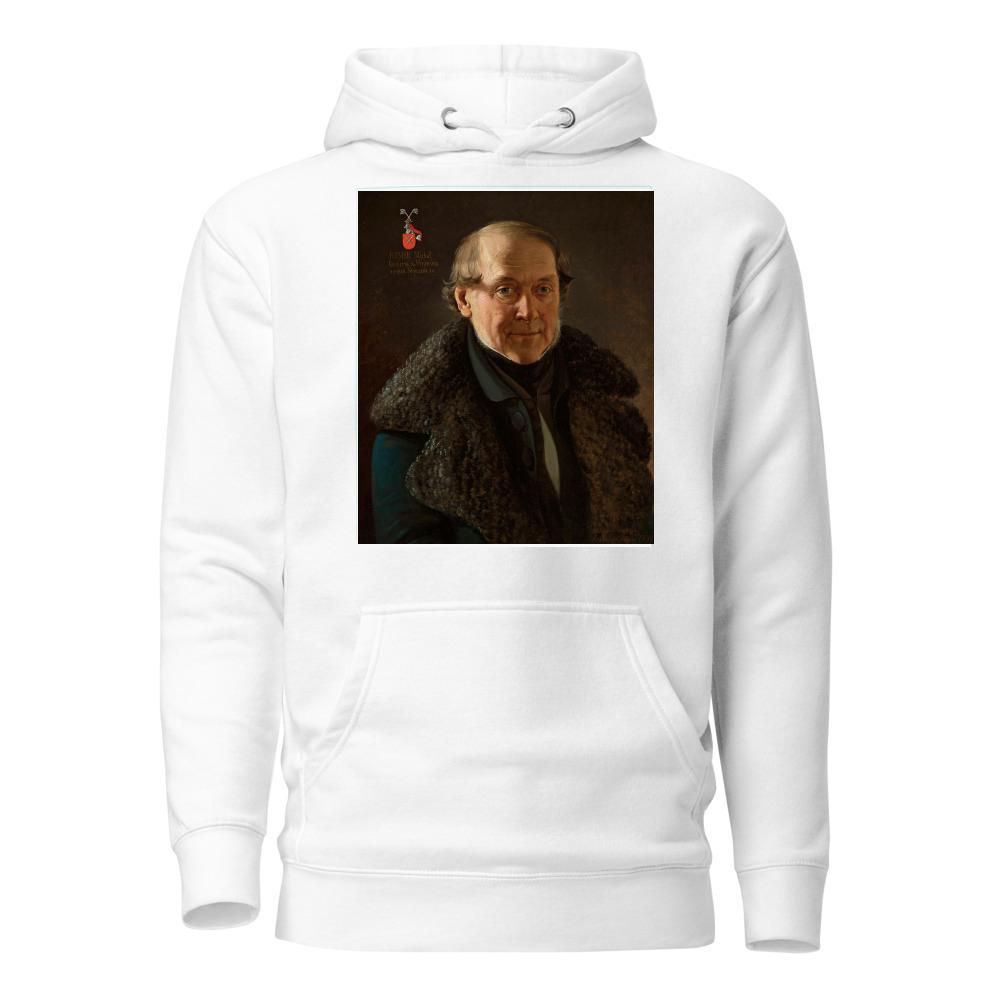
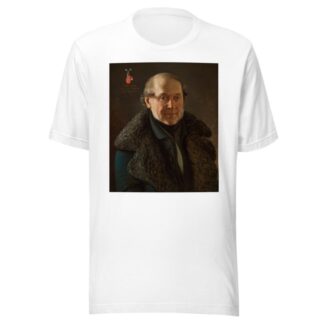
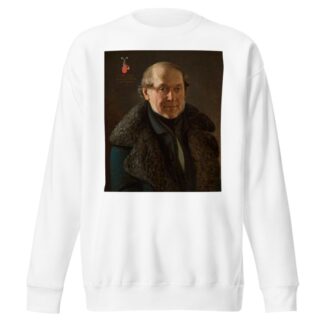
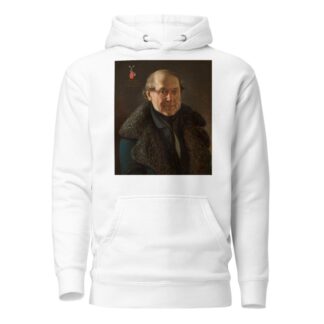
Reviews
There are no reviews yet.